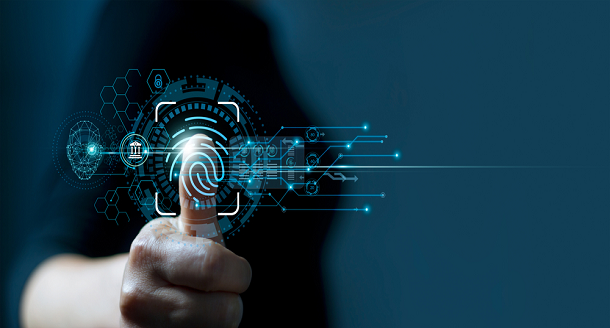
A biometric sensor is an important component of biometric authentication systems. Besides capturing data about a person’s face, biometric sensors must be able to operate under real-world conditions. One such biometric sensor is HID Lumidigm(r), which uses multispectral imaging technology and advanced polarization techniques to capture information deep within the faces and fingers of users. Because of this, these biometric sensors can detect people in dark or dirty environments.
Biometric authentication measures the physical aspect of a person seeking access to a sensitive element:
Biometric authentication measures the physical aspect of a person seeking access to an element in an ATM, such as the user’s face, fingerprint or iris. As of late, biometrics is becoming a widely accepted security technology. In addition to being more convenient, biometrics also provides valuable audit logs and analyses. As the industry scales, the use of biometrics will become increasingly critical.
Factors:
While there are many factors to consider when selecting a biometric, a few of the most important are performance, social acceptability, robustness, population coverage, cost, power consumption, and availability of sensors and devices. Biometric authentication also addresses a longstanding concern about proving identity. It is also easier to manage a bank account than a traditional card or ATM system, as biometric data is already stored in a secure device.
Uses of Biometrics:
Currently, biometrics are used in more than 25 countries, including the United States, Canada, and Australia. It is also used in China, France, Germany, Israel, Iraq, the Netherlands, New Zealand, Pakistan, Saudi Arabia, and the United Arab Emirates. However, this technology has been controversial and is not yet widely accepted by the public. However, it is rapidly becoming an integral part of the security architecture of banks worldwide.
It relies on statistical algorithms to verify identity:
Several countries, including Australia, Brazil, Canada, Greece, Israel, and the Netherlands, use biometrics to verify the identity of customers. Other countries rely on statistical algorithms to verify identity. The United States is considering biometric security in its ATMs. However, privacy concerns have led many to question the use of biometrics in ATMs. Here’s what you should know about biometric security.
It is easy to implement:
ATMs are an excellent place to use biometric security. These machines are often equipped with biometric security readers. They connect to a central computer, which controls the entire network of ATMs. The biometrics information is stored on the web at the network provider’s or bank branch’s computer. ATMs are a ubiquitous tool used to deposit and withdraw funds. Typically, an ATM has two input devices, a cash dispenser, a receipt printer, a speaker, and a display screen.
Multimodal biometrics:
Multimodal biometrics are a convenient way to improve security in ATMs. By combining biometric security with two-tier security, ATMs are far less likely to be targeted by hackers. ATMs using a two-tier system are much more secure and have reduced False Reject Rates. However, biometric security is more expensive to implement than one-tier systems, and the design costs are higher.
Author Bio:
Carmen Troy is a research-based content writer, who works for Cognizantt, a globally recognized professional SEO service and Research Prospect; an 论文和论文写作服务 Mr Carmen holds a PhD degree in mass communication. He loves to express his views on various issues, including education, technology, and more.


